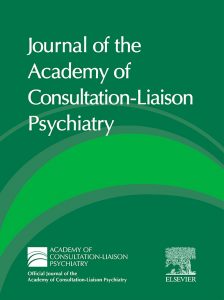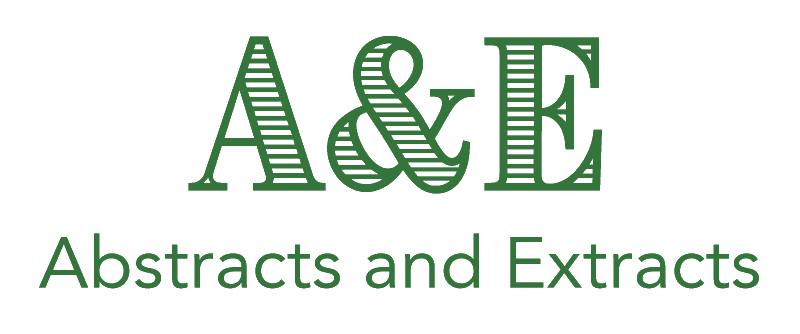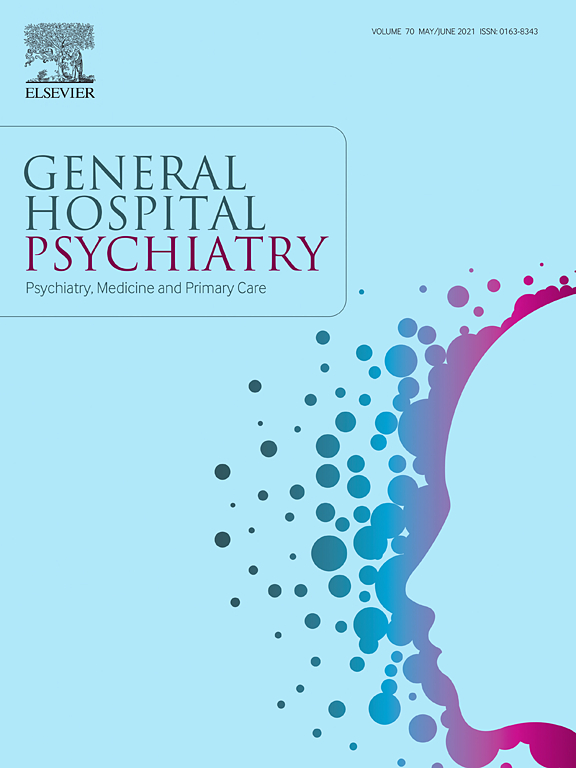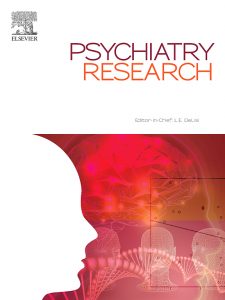Authors: Anastasia Evanoff, MD, et al.
Abstract: Ketamine is often used for sedation and management of acute agitation in general hospitals. Many hospitals now include ketamine as part of their standard agitation protocol, and C-L psychiatrists frequently find themselves treating patients who have received ketamine despite a lack of clear recommendations for management, say the authors.
This review includes benefits and adverse psychiatric effects, compares ketamine to more traditional agents of agitation control, and provides C-L psychiatrists with a summary of available knowledge and recommendations for managing patients receiving ketamine.
From the review of 37 articles, ketamine was found to have multiple benefits, including shorter time to adequate sedation for agitated patients when compared to haloperidol ± benzodiazepines and unique advantages for continuous sedation.
However, ketamine carries significant medical risks, including high rates of intubation. It appears to induce a syndrome that mimics schizophrenia in healthy controls, and such effects are more pronounced and longer-lasting in patients with schizophrenia.
“Evidence regarding rates of delirium with ketamine for continuous sedation is mixed and requires further investigation before the agent is widely adopted for this purpose,” say the authors.
With emergency medicine staff at high risk for assault and violence from patients (48% report at least one incidence of physical assault by a patient), there has been an ongoing need for safe and effective ways to manage agitation in the emergency setting.
Given its proven sedative and analgesic properties, ketamine emerged as an attractive option for agitation in the mid-2000s in both prehospital and emergency department settings. In the past several years, ketamine has also been used more commonly for continuous sedation in critical care settings, often in combination with other agents.
“C-L psychiatrists will encounter patients receiving ketamine for acute agitation and continuous sedation purposes, likely increasingly,” say the authors. “Ketamine carries many potential benefits and could be a safe and appropriate medication for patients with profound undifferentiated agitation to maintain safety and allow for further medical workup. It represents another potentially useful tool in the armamentarium of C-L psychiatrists for managing agitation. However, intubation rates remain high.”
Importance: C-L psychiatrists will want to understand the advantages, disadvantages, biased administration, and areas of limited knowledge regarding ketamine.
Availability: Pre-publication in the Journal of the Academy of Consultation-Liaison Psychiatry (JACLP)





